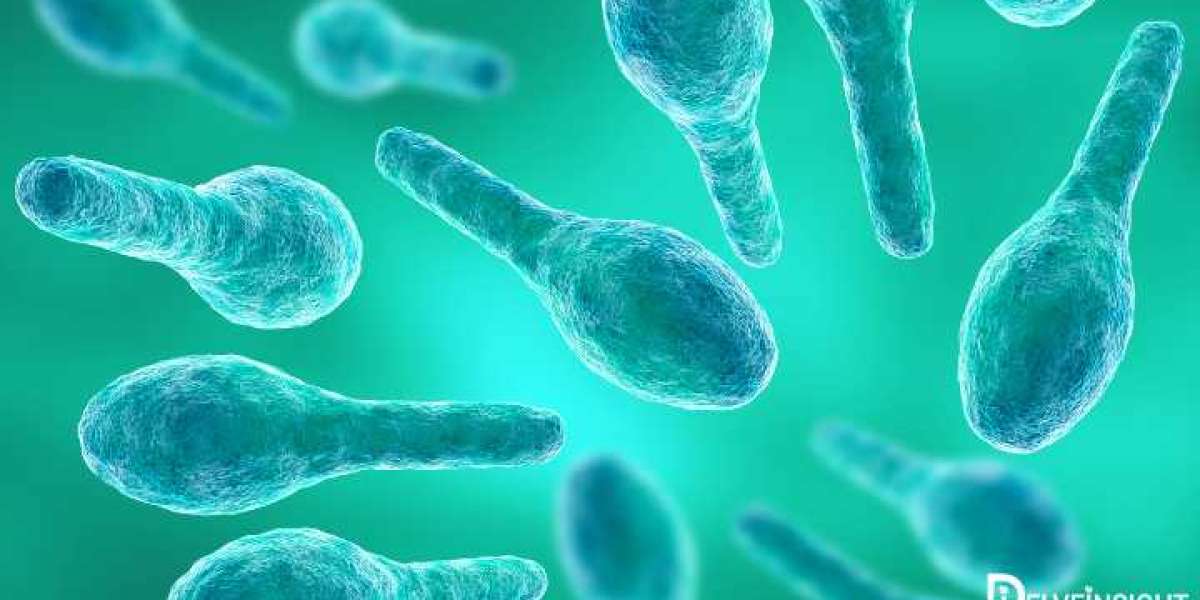The Biology of Multiple Myeloma
Multiple myeloma begins in the bone marrow, where plasma cells mutate and grow uncontrollably. This abnormal proliferation interferes with normal blood production, leading to anemia, weakened bones, and immune dysfunction. Myeloma cells also produce excessive amounts of monoclonal proteins, which can cause kidney damage and other organ complications. The result is a multisystem disorder that affects bone health, blood cell production, and overall immunity.
While treatment can often induce remission, myeloma cells persist, and the disease inevitably returns. This cycle of remission and relapse is a hallmark of the disease and a major challenge in treatment.
Why is Multiple Myeloma Incurable?
Unlike other cancers where remission may lead to a cure, multiple myeloma remains incurable due to its biological complexity. Cancerous plasma cells develop resistance to treatments over time, allowing them to survive and multiply even after aggressive therapy. One reason is that myeloma cells can evolve and adapt to various therapies, leading to drug resistance.
Even when treatments initially reduce the number of cancer cells, some remain dormant or undetected, only to reactivate later. This recurrence, known as minimal residual disease (MRD), is a significant barrier to curing the disease. As each relapse occurs, the cancer becomes more resistant to available treatments, making it more challenging to control.
The Vicious Cycle of Relapse
Relapse in multiple myeloma is inevitable for most patients, even after periods of remission. With each relapse, the disease becomes more aggressive and resistant to treatments that were previously effective. Patients may experience multiple remissions and relapses, requiring changes in treatment regimens. This cycle often leads to a shorter duration of remission and reduced quality of life over time.
Treatments like stem cell transplants, chemotherapy, and novel therapies can control the disease, but the cancer’s ability to adapt makes relapse almost certain. Each recurrence introduces new genetic mutations in the cancer cells, further complicating treatment options.
Innovations in Treatment: A Ray of Hope
Over the past decade, there have been breakthroughs in multiple myeloma treatment, though the disease remains incurable. Targeted therapies such as proteasome inhibitors (e.g., bortezomib), immunomodulatory drugs (e.g., lenalidomide), and monoclonal antibodies (e.g., daratumumab) have significantly improved outcomes, helping to extend patients' lives and improve their quality of life.
Newer therapies, such as CAR-T cell therapy, offer hope by reprogramming a patient's own immune cells to target and destroy myeloma cells. This innovative approach has shown promise in cases where multiple myeloma has relapsed multiple times and is resistant to other treatments. CAR-T cell therapy is a personalized treatment, but it is still in its early stages and may not yet provide a long-term cure.
Other promising avenues include bispecific T-cell engagers (BiTEs) and antibody-drug conjugates (ADCs), which combine the precision of targeting cancer cells with the potency of chemotherapy drugs, attacking myeloma cells directly.
The Future of Multiple Myeloma Research
While current treatments can prolong remission, the focus of ongoing research is to overcome the challenge of relapse. Scientists are working on understanding the underlying biology of drug resistance and developing more effective therapies. A deeper understanding of genetic mutations and molecular mechanisms of multiple myeloma could lead to more personalized treatment options and better disease management.
Researchers are also exploring combination therapies that target multiple pathways involved in the disease, hoping to prevent the cancer from adapting and recurring. The ultimate goal is to find a cure or at least prolong the periods of remission with fewer side effects, providing patients with a better quality of life.
Conclusion: A Persistent Battle Against a Relentless Disease
Multiple myeloma remains a challenging and incurable disease, defined by a cycle of relapse and remission. While significant strides have been made in treatment, the cancer’s ability to adapt and resist therapy means that patients face a lifetime of managing the disease. New therapies like CAR-T cells and targeted treatments provide hope for longer-lasting remissions, but the quest for a cure continues. Until then, the focus is on improving the quality of life for patients affected by multiple myeloma, controlling the disease for as long as possible, and pushing the boundaries of research to one day break the vicious cycle of relapse.




